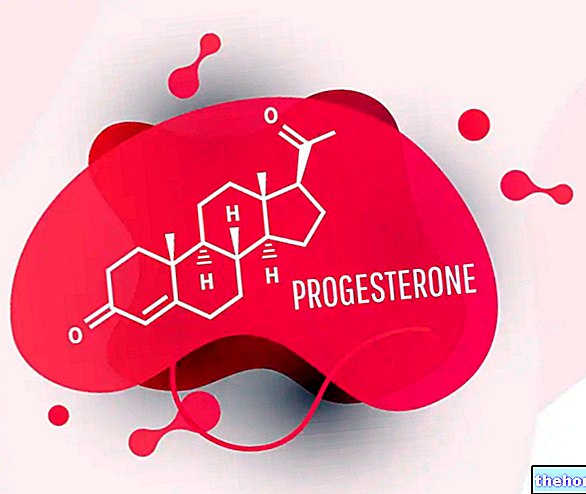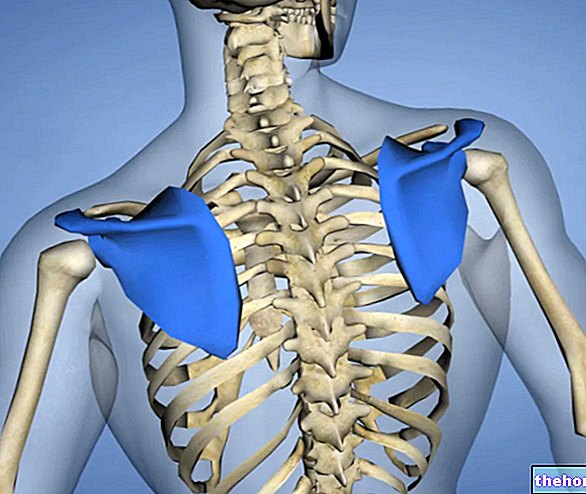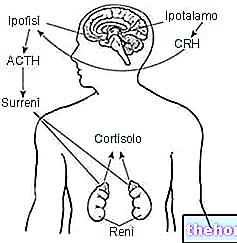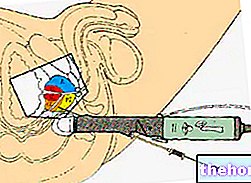
The poor menstrual cycle recognizes various causes: in some cases, the condition is occasional and has no clinical significance; at other times, a flow with such characteristics recurs frequently. This last occurrence makes it necessary to investigate the reasons for this phenomenon.
Diagnosing a poor menstrual cycle usually involves measuring hormone levels in the blood and performing a pelvic ultrasound. Possible causes include some endocrine dysfunctions, pathologies of the uterus and ovaries, massive intake of drugs and systemic diseases that can debilitate the organism and cause an imbalance.
If necessary, treatment of the poor menstrual cycle is aimed at the triggers.
) consists in the presence of menstruation reduced in quantity and duration.
- Normally, blood loss is 28-80ml. When menstruation is scarce, however, the flow is less than 20 ml.
Poor menstruation can occur with:
- Regular pace (on average every 28 days);
- Lengthening of the intermenstrual period (oligomenorrhea), therefore with spaced flows and a rhythm greater than 36 days.
The poor menstrual cycle represents the opposite phenomenon to hypermenorrhea (abundant menstrual flow, with blood loss greater than 80 ml).
Hypomenorrhea is defined when this phenomenon is repeated in succession for several months.




























